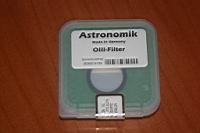 |
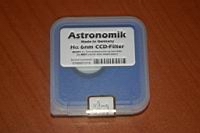 |
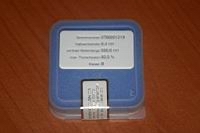 |
 |
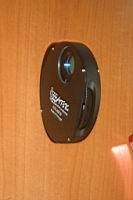 |
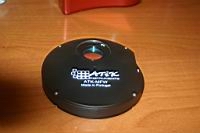 |
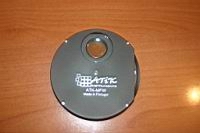 |
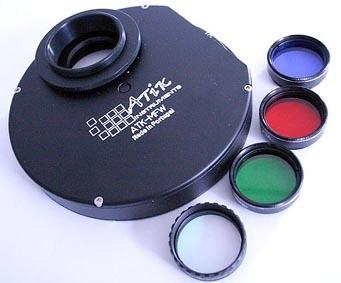 |
 FILTRI
FILTRI
|
 |
|
|
|
| H-alpha
is not only a popular wavelength for sun observers, but also for the observation
of deep-sky-objects. The H-alpha filter offered here serves mainly the
needs of the Deep Sky CCD photographer. The H-alpha filter transmits the
wavelength range of hydrogen nebulas and blocks nearly the whole remaining
rest of the spectrum to which CCDs are sensitive.
The human eye already shows a very small sensitivity for H-alpha at daylight. At night this sensitivity is completely missing. To enhance visual observation the filters can be attached in front of modern night-vision devices. 6nm h-alpha filter The increase of the performance of our well-known h-alpha-filter with a full width at half maximum (FWHM) of 13nm offers a new FWHM of 6nm with more than 85% transmission. By the extremely small FWHM you achieve good results even under extreme light polluted skies. Under good skies, the filter can be used to lower the number and brightness of the stars in the photograph field and so to increase the contrast of hydrogen fog objects significantly. We measure the transmission of each filter individually and are able to offer you single filters with up to 95% transmission! You won't find a filter with such transmission values for 6nm FWHM at our competitors! Each filter is supplied with individual measured values. The transmission of these filters varies because of their small FWHM. For this reason there are filters with more than 90% beside the standard filters and some copys with 80-85% and transmission. The 80-85% transmission version costs 149 euro, filter with more than 90% transmission 239 euro. The filters are available on request. Togther with our new OIII-CCD and SII-CCD filters you can now do tricolor-imaging of emmision line objects even from very heavy light polluted places. Due to the well known high optical quality of the glass substrate, Astronomik H-Alpha filters preserve the pinpoint stars to which you are accustomed from your instruments. |
|
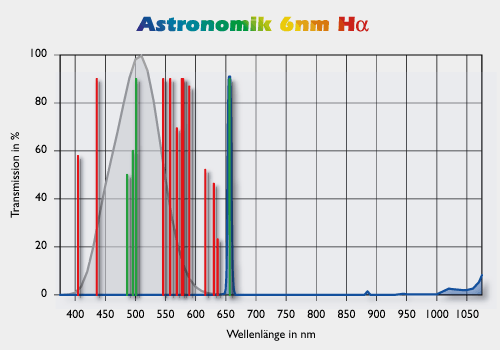 The red lines are the most important lines from artificial light pollution. The green lines are the most prominent emission lines for nebulas. The grey curve is the human eye´s night-sensitivity. The blue line is the transmission curve of the filter. |
|
